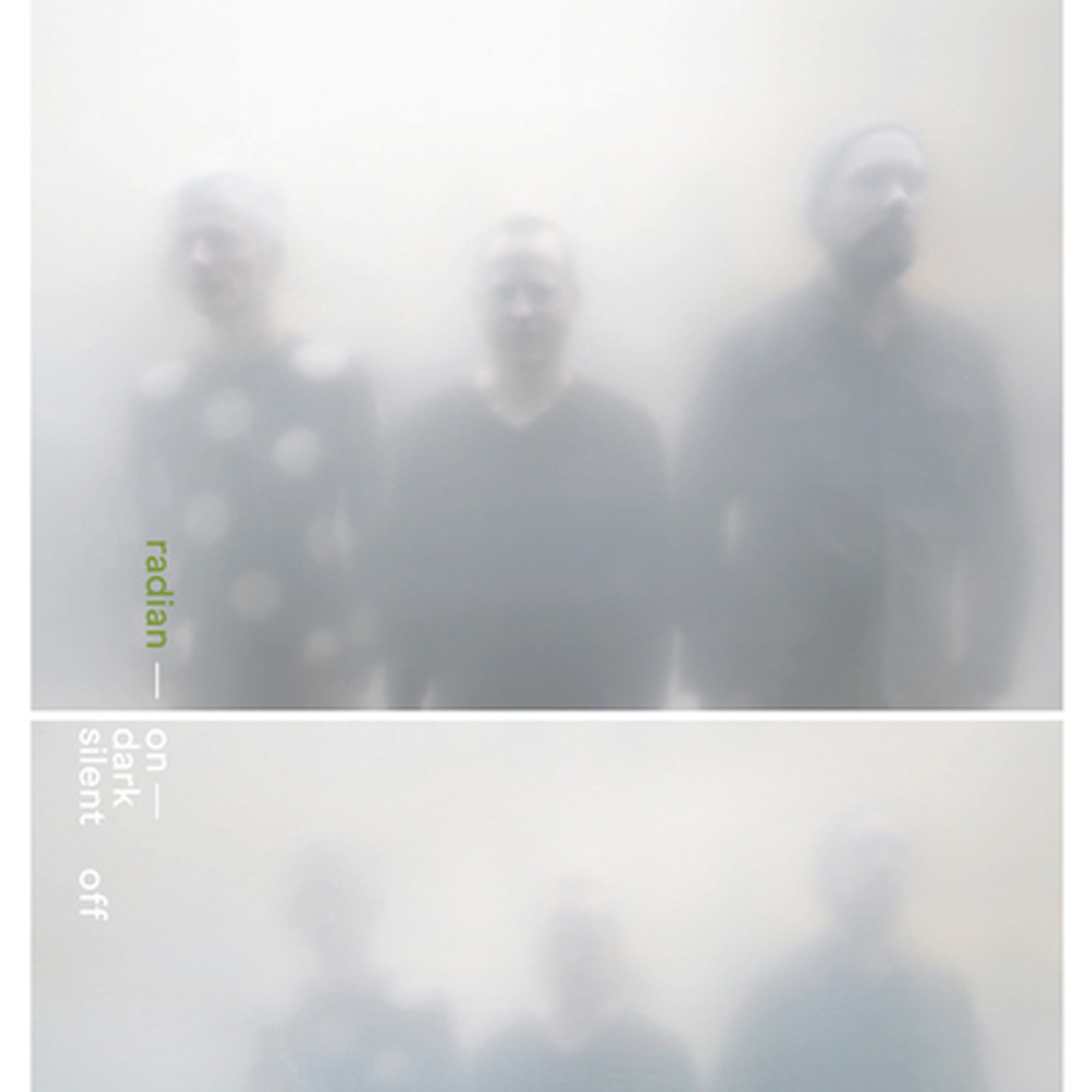
It has been seven years since these Viennese avant-rock deconstructionists last surfaced with a proper full-length release, so I was not quite sure what to expect with this album, particularly since my interest in the "post-rock" milieu has since dwindled to almost zero.  Also, aside from a one-off collaboration with Giant Sand's Howe Gelb, On Dark Silent Off is the band's first album without founding member Stefan Németh.  As it turns out, any misgivings that I may have had about Radian's place in the current musical landscape were instantly erased, as the trio is every bit as unconventional, imaginative, quietly heavy, relevant, and singular as ever.




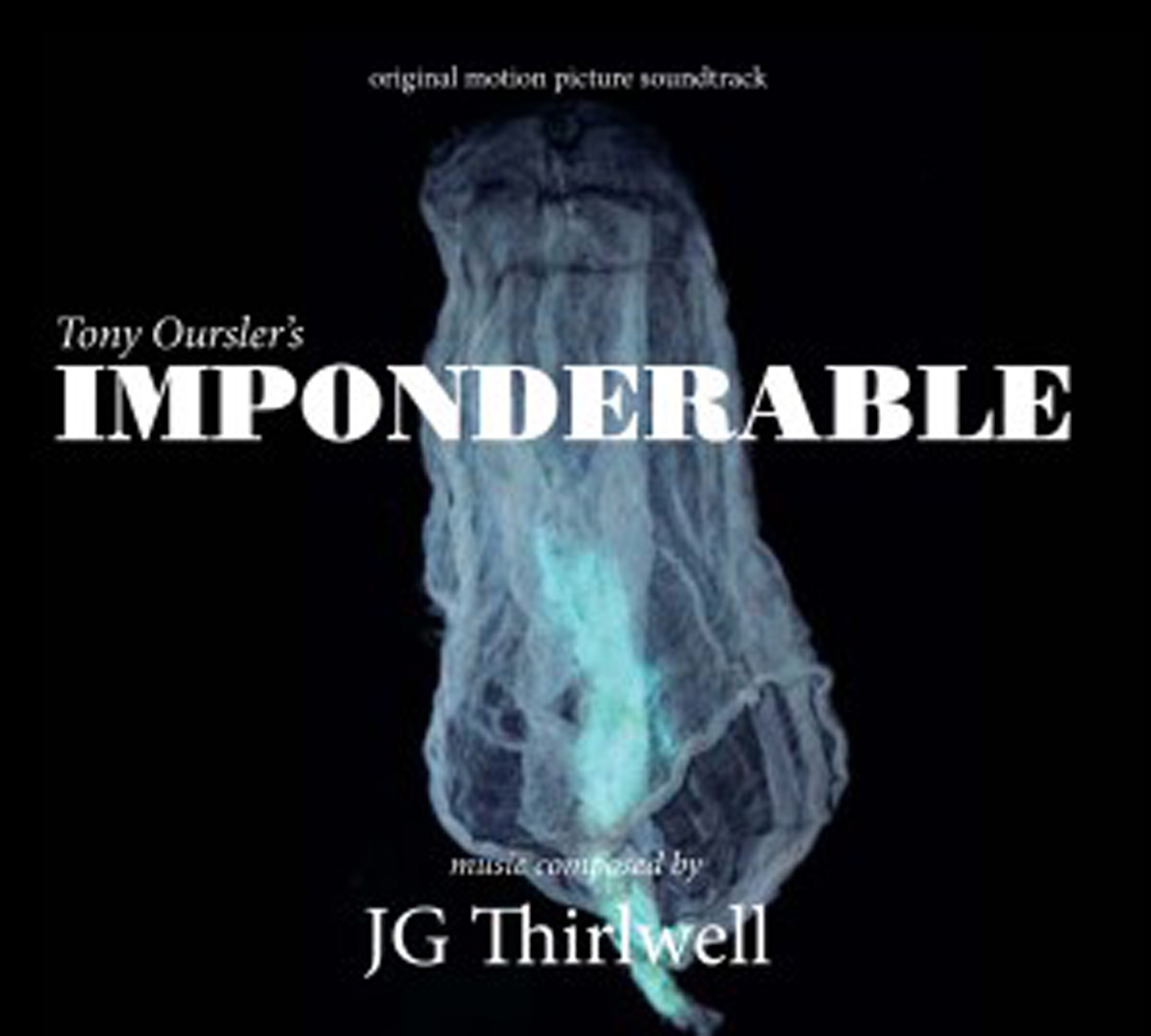 I had absolutely no idea what to expect from Jim Thirlwell’s latest opus, as I am still a bit shell-shocked from the overwhelming maximalism of 2013’s Soak and all bets are off with soundtrack work.  Also, Tony Oursler's Imponderable is quite a bizarre film by any standards.  Appropriately, the soundtrack is quite bizarre as well, though it is considerably more understated, melodic, and tender than I had anticipated: Thirlwell's eerie, dark, and eclectic vision beautifully mirrors the film’s own noirish pulp-meets-hallucinatory experimentation aesthetic.  Both Oursler and Thirlwell definitely share a puckish appreciation for the nexus where garish "low" art collides with higher, more cerebral fare.  That said, Imponderable is still a soundtrack rather than an original new stand-alone Thirlwell album, so its appeal is very "niche."  Devout Thirlwell fans will definitely not want to miss it though, as it is quite a unique release that takes his aesthetic in some unusual and surprising directions.
I had absolutely no idea what to expect from Jim Thirlwell’s latest opus, as I am still a bit shell-shocked from the overwhelming maximalism of 2013’s Soak and all bets are off with soundtrack work.  Also, Tony Oursler's Imponderable is quite a bizarre film by any standards.  Appropriately, the soundtrack is quite bizarre as well, though it is considerably more understated, melodic, and tender than I had anticipated: Thirlwell's eerie, dark, and eclectic vision beautifully mirrors the film’s own noirish pulp-meets-hallucinatory experimentation aesthetic.  Both Oursler and Thirlwell definitely share a puckish appreciation for the nexus where garish "low" art collides with higher, more cerebral fare.  That said, Imponderable is still a soundtrack rather than an original new stand-alone Thirlwell album, so its appeal is very "niche."  Devout Thirlwell fans will definitely not want to miss it though, as it is quite a unique release that takes his aesthetic in some unusual and surprising directions. Unlike most Benoît Pioulard enthusiasts, I connect most strongly with Thomas Meluch’s recent instrumental side, so I was a little bit heartbroken when he decided to end his recent hot streak in that regard with a return to more song-based work.  Personal preferences aside, however, Meluch's latest release is an intriguing and unusual one, as he seems to be simultaneously growing more ambitious with his arrangements and more abstract with his structures.  He also seems to be making a conscious effort to be a bit more upbeat and effervescent, albeit in his own muted way.  The overall result admittedly has a "transitional album" feel at times, but The Benoît Pioulard Listening Matter definitely takes Meluch's "ambient pop" in a subtly more sun-dappled, blearily vaporous, and fragmented direction.
Unlike most Benoît Pioulard enthusiasts, I connect most strongly with Thomas Meluch’s recent instrumental side, so I was a little bit heartbroken when he decided to end his recent hot streak in that regard with a return to more song-based work.  Personal preferences aside, however, Meluch's latest release is an intriguing and unusual one, as he seems to be simultaneously growing more ambitious with his arrangements and more abstract with his structures.  He also seems to be making a conscious effort to be a bit more upbeat and effervescent, albeit in his own muted way.  The overall result admittedly has a "transitional album" feel at times, but The Benoît Pioulard Listening Matter definitely takes Meluch's "ambient pop" in a subtly more sun-dappled, blearily vaporous, and fragmented direction.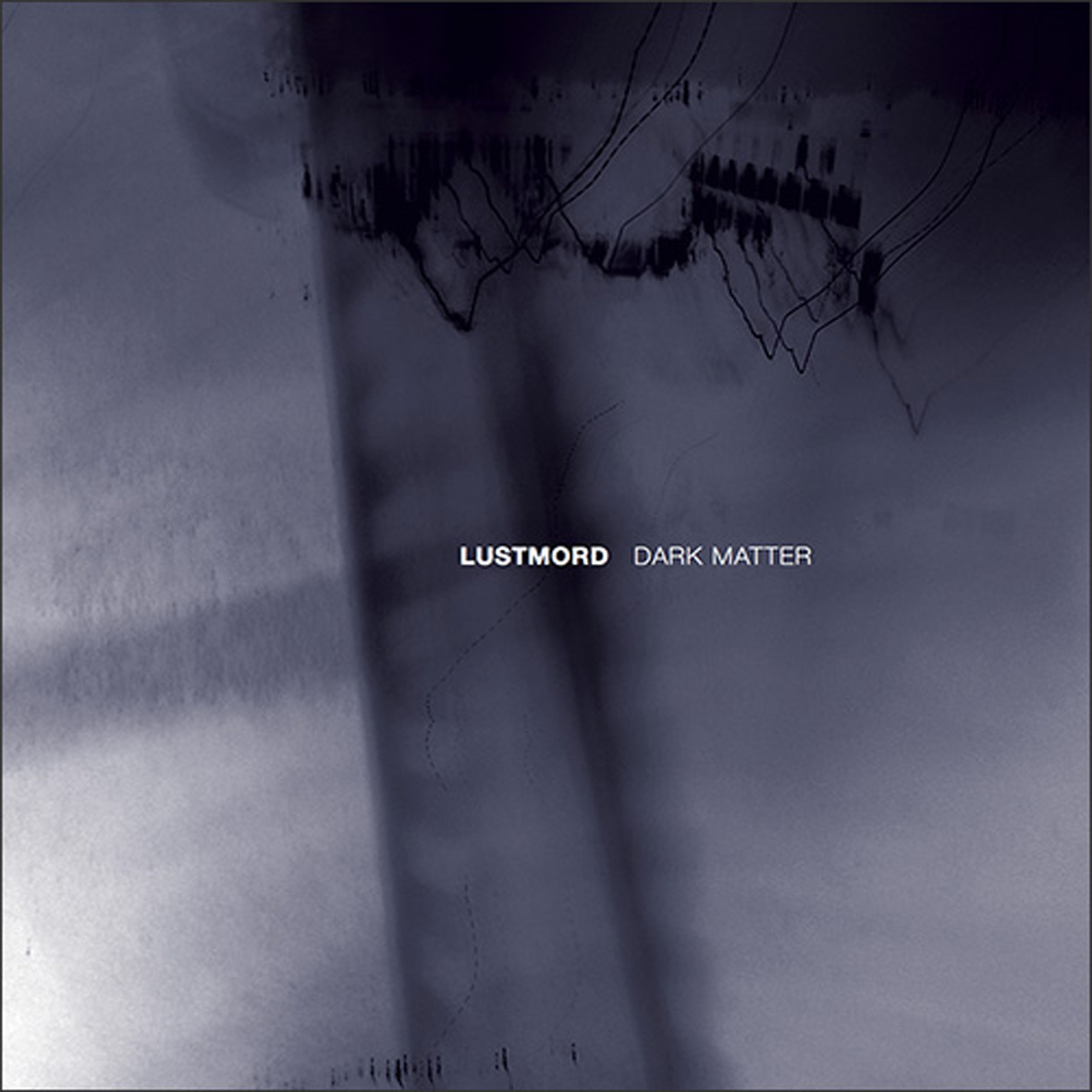 Brian Lustmord's latest opus, allegedly first begun 15 years ago, attempts to evoke the immense void and mystery of space using a host of cosmological recordings from NASA and others as his source material.  There are a number of serious hurdles standing in the way of that ambitious and quixotic objective, sadly, but Dark Matter boasts enough flashes of inspiration to make it an interesting and valiant struggle.  Though serious Lustmord fans will probably be delighted to hear Brian revisiting similar territory to his classic The Place Where the Black Stars Hang album, his epic vision is hobbled a bit by the limitations of the format.
Brian Lustmord's latest opus, allegedly first begun 15 years ago, attempts to evoke the immense void and mystery of space using a host of cosmological recordings from NASA and others as his source material.  There are a number of serious hurdles standing in the way of that ambitious and quixotic objective, sadly, but Dark Matter boasts enough flashes of inspiration to make it an interesting and valiant struggle.  Though serious Lustmord fans will probably be delighted to hear Brian revisiting similar territory to his classic The Place Where the Black Stars Hang album, his epic vision is hobbled a bit by the limitations of the format.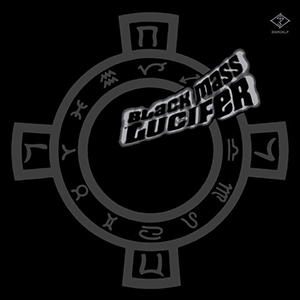 First issued in 1971 and out of print for over three and a half decades, Black Mass is the sole release from Canadian synth innovator Mort Garson under the Lucifer name. A fully electronic-based record, much of the album has a distinctly vintage sound to it, largely due to the electronic instrumentation that was still in its infancy. However, some moments shine through as truly innovative for the time, and with the resurgence of interest in modular synthesizers, it is the perfect time for it to be resurrected.
First issued in 1971 and out of print for over three and a half decades, Black Mass is the sole release from Canadian synth innovator Mort Garson under the Lucifer name. A fully electronic-based record, much of the album has a distinctly vintage sound to it, largely due to the electronic instrumentation that was still in its infancy. However, some moments shine through as truly innovative for the time, and with the resurgence of interest in modular synthesizers, it is the perfect time for it to be resurrected.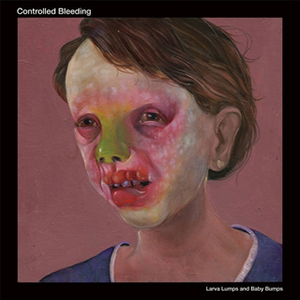 In the over three decades since he first began the project, Paul Lemos has guided Controlled Bleeding all over the sonic map, from the early power electronics days into 1980s industrial, and eventually jazz and prog tinged rock improvisations. It makes sense then that, for the first full length release of mostly new work since 2002 (releases since then have been either reissues or contained earlier work), he and his assembled crew of Chvad SB, Mike Bazini, and Anthony Meola have put together two albums of work that draws from all of these eras, and effortlessly manages to shift between periods of the band’s lengthy history at every turn.
In the over three decades since he first began the project, Paul Lemos has guided Controlled Bleeding all over the sonic map, from the early power electronics days into 1980s industrial, and eventually jazz and prog tinged rock improvisations. It makes sense then that, for the first full length release of mostly new work since 2002 (releases since then have been either reissues or contained earlier work), he and his assembled crew of Chvad SB, Mike Bazini, and Anthony Meola have put together two albums of work that draws from all of these eras, and effortlessly manages to shift between periods of the band’s lengthy history at every turn. After a number of years listening to Celer's slow, expansive take on ambient and drone sounds, I would have never expected Will Long to suddenly start making house music. But he has, in a series of three double 12" singles (and compiled into a double CD compilation), and it only takes a few minutes to realize that it is actually a very good combination. Even with the addition of drum machines, Long’s knack for creating warm, inviting spaces of electronic music is still vividly on display, and with some assistance from ambient legend Terre Thaemlitz (under the DJ Sprinkle guise), it may be heralding an entirely new direction in his work.
After a number of years listening to Celer's slow, expansive take on ambient and drone sounds, I would have never expected Will Long to suddenly start making house music. But he has, in a series of three double 12" singles (and compiled into a double CD compilation), and it only takes a few minutes to realize that it is actually a very good combination. Even with the addition of drum machines, Long’s knack for creating warm, inviting spaces of electronic music is still vividly on display, and with some assistance from ambient legend Terre Thaemlitz (under the DJ Sprinkle guise), it may be heralding an entirely new direction in his work. In 1984, long before anyone's grandparents were only a few keystrokes away from obtaining every morsel of information, this non-descript album cover appeared in the shops. Nowhere on the record were there band member photos or names and roles, producer credits, or lyrics. It was a gamble to purchase a costly import record if you were located here in North America, especially without hearing it first, but most of those in-the-know would gladly take that risk. In this case, it certainly paid off.
In 1984, long before anyone's grandparents were only a few keystrokes away from obtaining every morsel of information, this non-descript album cover appeared in the shops. Nowhere on the record were there band member photos or names and roles, producer credits, or lyrics. It was a gamble to purchase a costly import record if you were located here in North America, especially without hearing it first, but most of those in-the-know would gladly take that risk. In this case, it certainly paid off.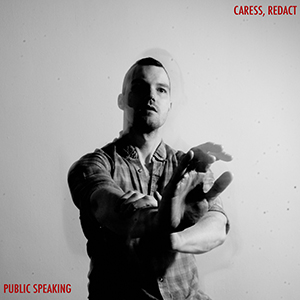 Some of Jason Anthony Harris' previous recordings as Public Speaking have flirted with more traditional song-like material, but would just as often end up being more in line abstract and chaotic world of noise. For this newest album, however, it seems as if he has settled more comfortably into the role of songwriter, and here, across these seven pieces, he creates a dark, at times very disturbing world presented as off-kilter, bizarre electronic pop.
Some of Jason Anthony Harris' previous recordings as Public Speaking have flirted with more traditional song-like material, but would just as often end up being more in line abstract and chaotic world of noise. For this newest album, however, it seems as if he has settled more comfortably into the role of songwriter, and here, across these seven pieces, he creates a dark, at times very disturbing world presented as off-kilter, bizarre electronic pop.
